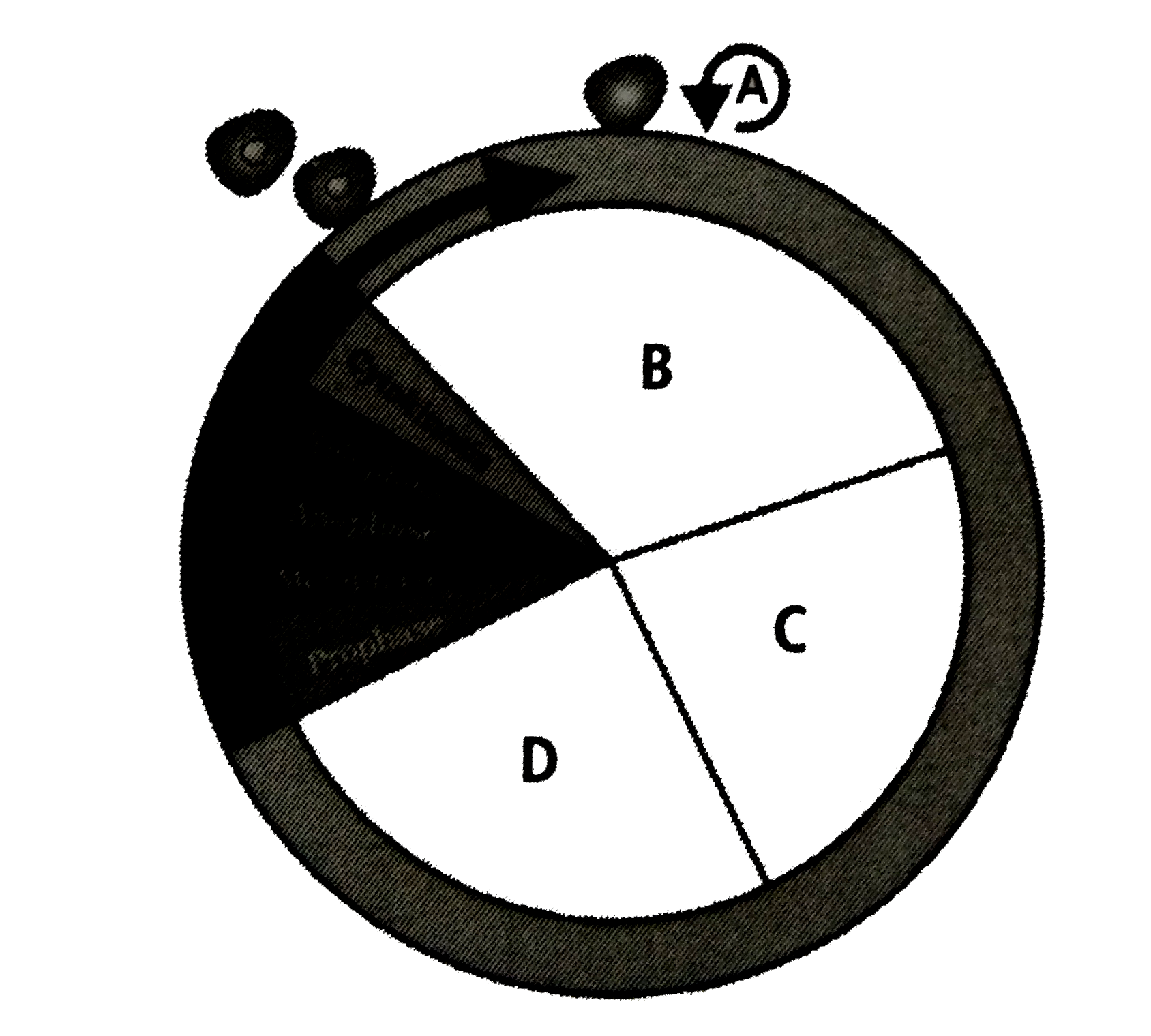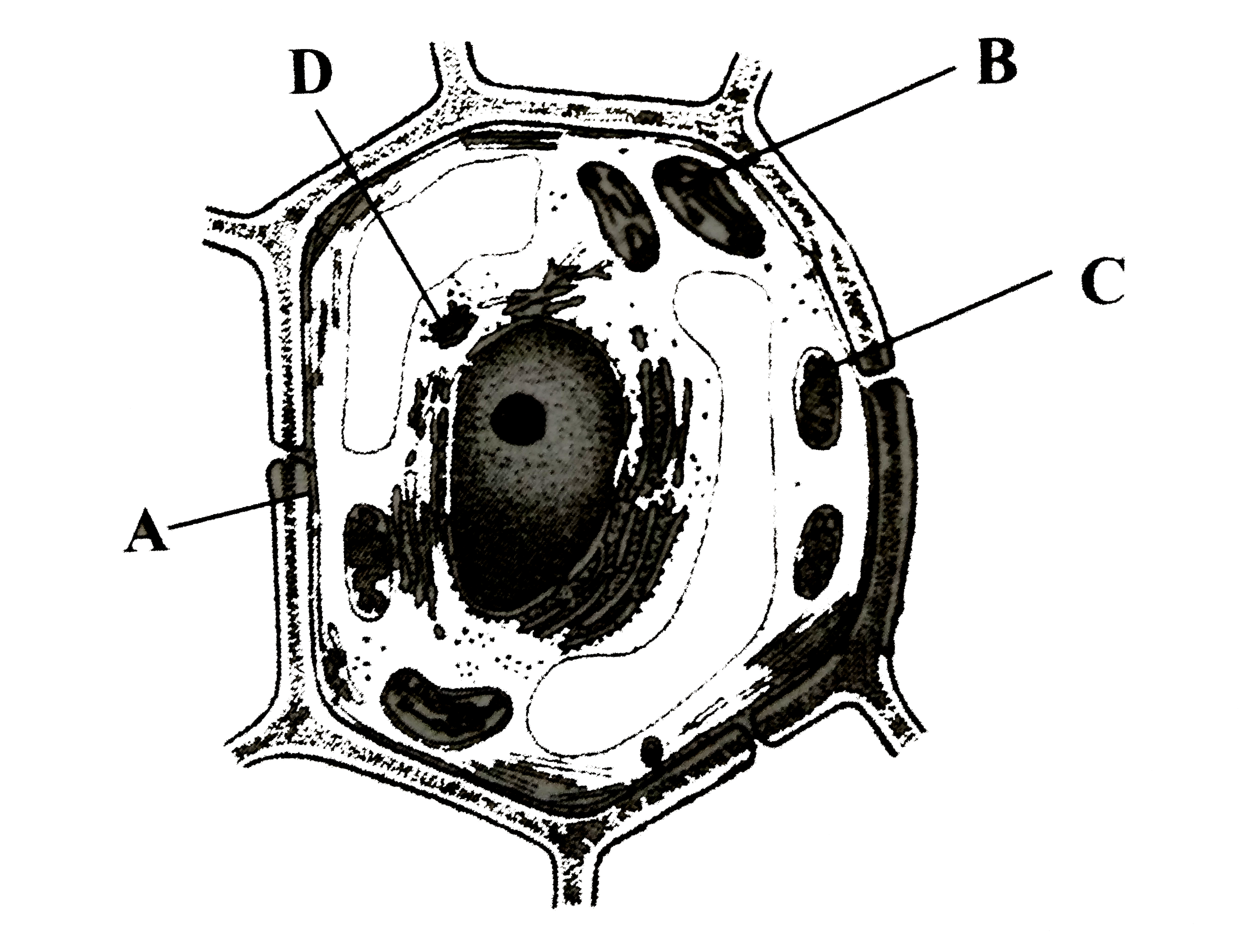During water stress, the bulliform cells
(a) Become turgid
(b) Become flaccid
(c ) Make the leaves curl inwards
(d) Make the leaf surface exposed
The correct options are
(a) and ( c)
(b) and (d)
(a) and (d)
(b) and (c )
The correct Answer is:D
To solve the question regarding the behavior of bulliform cells during water stress, we can break it down into the following steps:
1. Understanding Bulliform Cells:
- Bulliform cells are specialized cells found in the upper epidermis of monocotyledonous leaves. They play a crucial role in the plant's response to water availability.
Hint: Remember that bulliform cells are unique to monocots and are involved in leaf movement.
2. Function During Water Stress:
- During periods of water stress (when water is scarce), these cells respond to help the plant conserve water. They do this by changing their turgidity.
Hint: Think about how plants adapt to conserve water when they are not getting enough.
3. Turgidity Changes:
- When water is plentiful, bulliform cells are turgid (swollen with water), which helps keep the leaves expanded. However, during water stress, these cells become flaccid (less swollen).
Hint: Turgid means full of water, while flaccid means lacking water.
4. Leaf Curling Mechanism:
- As bulliform cells become flaccid, they cause the leaves to curl inwards. This curling reduces the surface area exposed to the sun and air, thereby minimizing water loss through transpiration.
Hint: Consider how curling leaves might help reduce water loss.
5. Evaluating the Options:
- Now, let's evaluate the provided options:
- (a) Become turgid - Incorrect (they become flaccid during water stress).
- (b) Become flaccid - Correct (this is what happens during water stress).
- (c) Make the leaves curl inwards - Correct (this is a direct result of becoming flaccid).
- (d) Make the leaf surface exposed - Incorrect (they actually reduce exposure to conserve water).
6. Conclusion:
- The correct options are (b) and (c). Therefore, the answer to the question is that bulliform cells become flaccid and make the leaves curl inwards during water stress.
Final Answer:
The correct options are (b) Become flaccid and (c) Make the leaves curl inwards.
- Bulliform cells are specialized cells found in the upper epidermis of monocotyledonous leaves. They play a crucial role in the plant's response to water availability.
- During periods of water stress (when water is scarce), these cells respond to help the plant conserve water. They do this by changing their turgidity.
- When water is plentiful, bulliform cells are turgid (swollen with water), which helps keep the leaves expanded. However, during water stress, these cells become flaccid (less swollen).
- As bulliform cells become flaccid, they cause the leaves to curl inwards. This curling reduces the surface area exposed to the sun and air, thereby minimizing water loss through transpiration.
- Now, let's evaluate the provided options:
- (a) Become turgid - Incorrect (they become flaccid during water stress).
- (b) Become flaccid - Correct (this is what happens during water stress).
- (c) Make the leaves curl inwards - Correct (this is a direct result of becoming flaccid).
- (d) Make the leaf surface exposed - Incorrect (they actually reduce exposure to conserve water).
- The correct options are (b) and (c). Therefore, the answer to the question is that bulliform cells become flaccid and make the leaves curl inwards during water stress.
The correct options are (b) Become flaccid and (c) Make the leaves curl inwards.
Topper's Solved these Questions
- ANATOMY OF FLOWERING PLANTS BOOK - AAKASH INSTITUTE ENGLISHCHAPTER - ANATOMY OF FLOWERING PLANTS EXERCISE - ASSIGNMENT SECTION B Objective Type Questions
35 Videos
- ANATOMY OF FLOWERING PLANTS BOOK - AAKASH INSTITUTE ENGLISHCHAPTER - ANATOMY OF FLOWERING PLANTS EXERCISE - Section C Previous Year Questions
61 Videos
- ANATOMY OF FLOWERING PLANTS BOOK - AAKASH INSTITUTE ENGLISHCHAPTER - ANATOMY OF FLOWERING PLANTS EXERCISE - Exercise
32 Videos
- ANIMAL KINGDOM (CHORDATES) BOOK - AAKASH INSTITUTE ENGLISHCHAPTER - ANIMAL KINGDOM (CHORDATES) EXERCISE - Assignment (Section-D)
10 Videos
Similar Questions
Name the cells that make the leaves curl in plants during water stress.
View SolutionWhat are the cells that make the leaves curl in plants during water stress ?
View SolutionRead the following statements. (a) Simple leaves have bud on the axis of the petiole. (b) In pinnately compound leaf, the midrib forms a common axis called rachis. (c) Paripinnate leaves are found in Cassia. (d) Tripinnate leaves are found in Mimosa. Select the correct option.
View SolutionIdentify A,B,C and D in the given diagram depicting cell cycle and select the correct option.

View SolutionWhich of the following is / are pre-requisite(s) for imbibition ?
(a) Presence of mucilage in the adsorbent.
(b) The affinity between the adsorbent and the liquid.
( c ) Water potential gradient between the adsorbent and the liquid.
(d) Presence of cuticle on the surface of the adsorbent.
Choose the correct option from the following.
View SolutionIdentify the parts labelled as A, B, C and D in the given ultrastructure of a plant cell and select the correct option.

View SolutionPlant cells dipped in distilled water will become
(a) Turgid
(b) Plasmolysed
(c) Flaccid
(d) Impermeable
View SolutionWhich of the following statement is not correct about an inert electrode in a cell?
(a) It does not participate in the cell reaction.
(b) It provides surface either for oxidation or for reduction reaction.
(c) It provides surface for conduction of electrons.
(d) It provides surface for redox reaction.
View SolutionRead the following four statements (A–D) :-
(A) The electrical potential difference across the resting plasma membrane is called as the resting potential
(B) Na+ – K+ pump transports 3Na+ outwards for 2K+ into the cell passively
(C) During excited state the outer surface of the membrane becomes positively charged
(D) Action potential is infact termed as nerve impulse How many of the above statements are false?
View SolutionAssertion (A). In Spirogyra, some cells in one of the two filaments become empty after conjugation.
Reason (R ). The aplanogametes from the cells of the filaments pass through conjugation tubes into the cells of the other filaments.
(a) Both A and R are true and R is correct explanantion of A
(b) Both A and R are true and R is not correct explanation of A
(c) A is true but R is false
(d) A is false but R is true
View Solution
